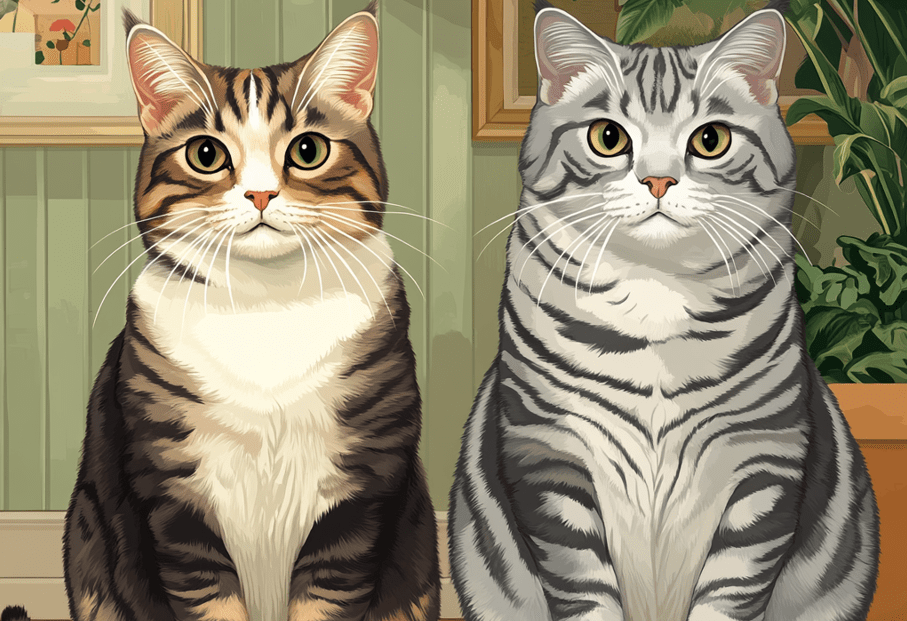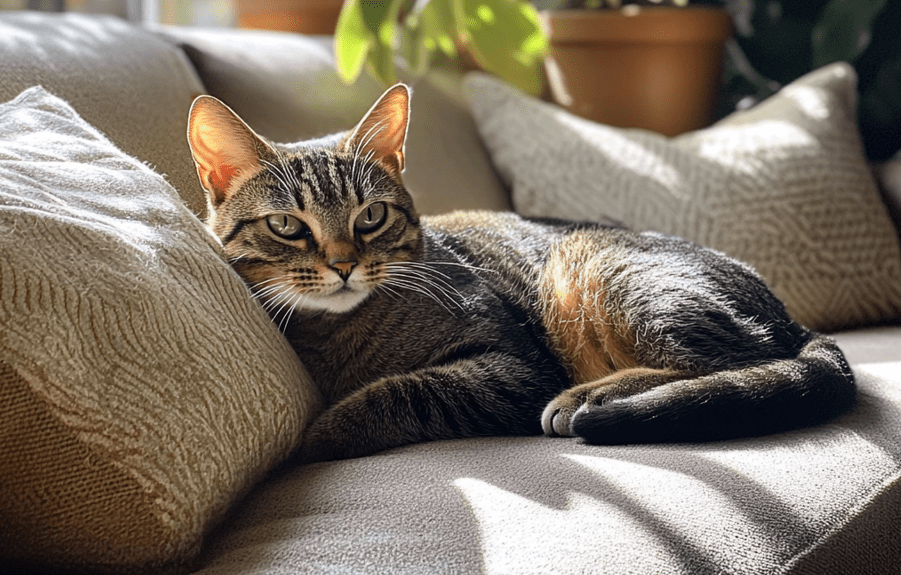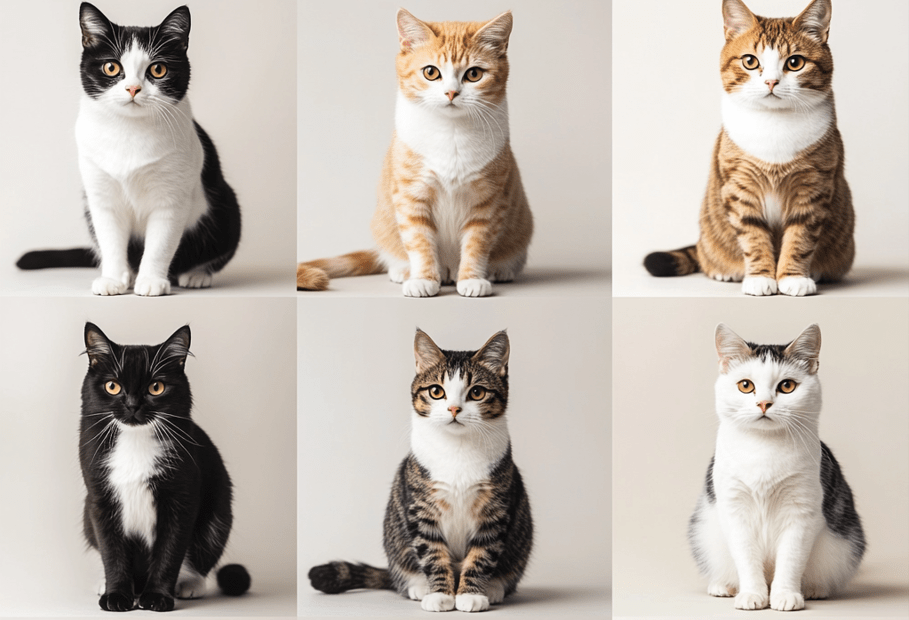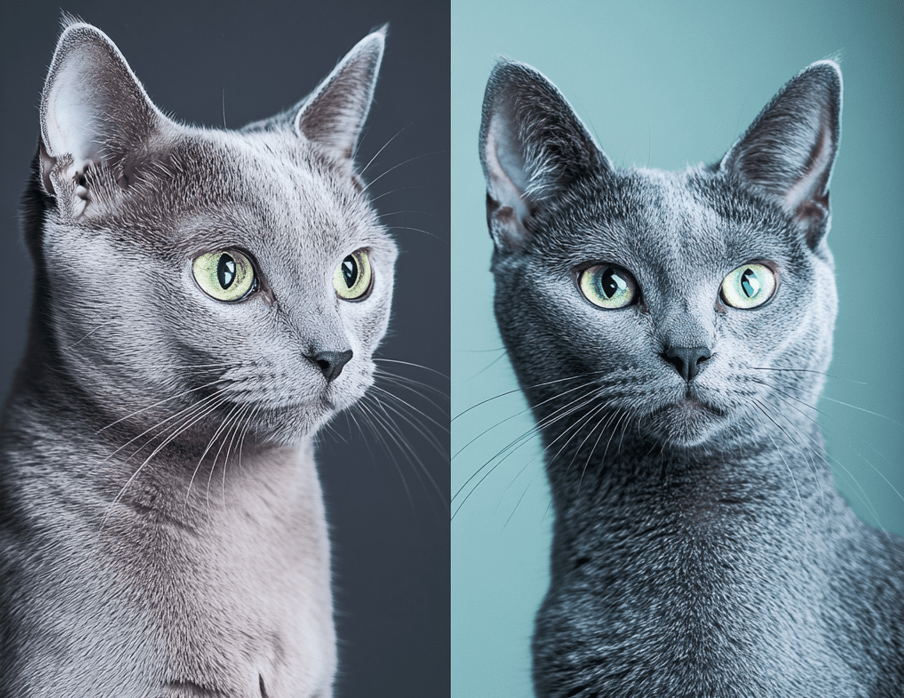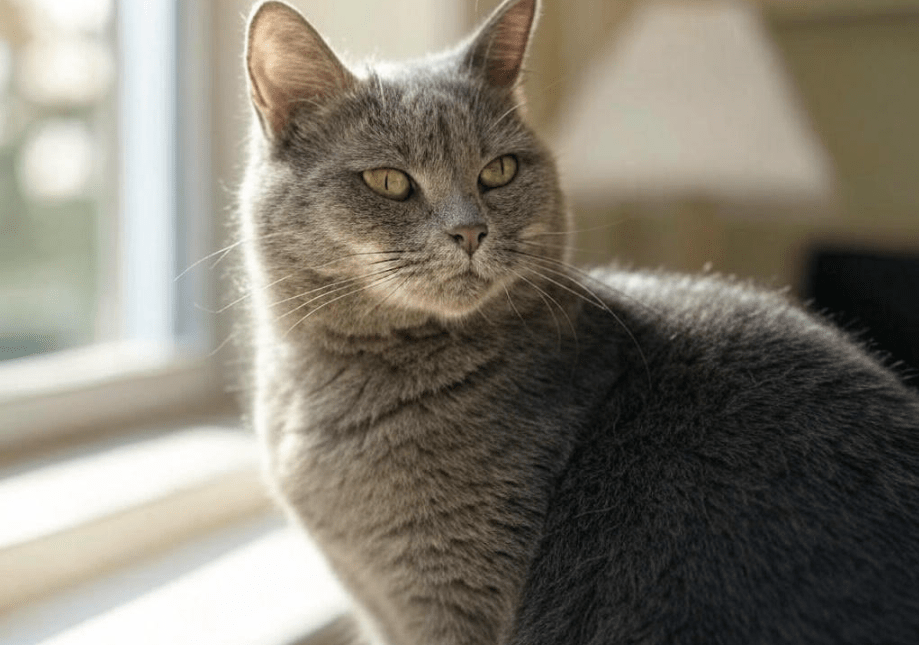
Aggression in Domestic Shorthairs toward other cats is a common issue that can disrupt harmony in multi-cat households. Domestic Shorthairs, known for their diverse personalities and adaptability, may display aggressive behaviors like hissing, swatting, or chasing other cats due to territorial disputes, stress, or unmet needs. Understanding the root causes of this aggression and implementing effective strategies can restore peace and foster positive relationships among your feline companions. This comprehensive guide explores the reasons behind aggression in Domestic Shorthairs, practical solutions, and expert tips to create a calm, cohesive environment for your cats.
Understanding Aggression in Domestic Shorthairs
Domestic Shorthairs are one of the most common cat breeds, celebrated for their resilience, varied coat colors, and unique personalities. However, their strong instincts and independent nature can sometimes lead to aggressive behaviors toward other cats. Aggression in Domestic Shorthairs toward other cats may manifest in various forms, including:
Territorial Aggression: Defending their space, especially in shared environments.
Fear-Based Aggression: Reacting defensively to perceived threats from other cats.
Redirected Aggression: Lashing out at a nearby cat due to external stressors, like loud noises or unfamiliar animals.
Play Aggression: Rough play that escalates into serious conflicts.
Inter-Cat Aggression: General hostility stemming from social hierarchy disputes or resource competition.
Recognizing the type of aggression is the first step in addressing it. Each form has distinct triggers and requires tailored interventions to ensure long-term harmony.
Why Do Domestic Shorthairs Show Aggression Toward Other Cats?

To effectively manage aggression in Domestic Shorthairs, it’s essential to understand the underlying causes. Several factors contribute to feline aggression, including:
1. Territorial Instincts
Cats are naturally territorial, and Domestic Shorthairs are no exception. When a new cat enters their environment or resources like food, litter boxes, or sleeping spots are limited, they may feel threatened and act aggressively to assert dominance or protect their space.
2. Stress and Anxiety
Changes in the household, such as moving, new pets, or loud noises, can heighten stress levels in Domestic Shorthairs. Stress often triggers aggressive behaviors as a coping mechanism or a way to regain control.
3. Lack of Socialization
Cats that weren’t properly socialized during their kittenhood may struggle to interact peacefully with other cats. Domestic Shorthairs with limited exposure to other felines may view them as threats, leading to hostility.
4. Resource Competition
In multi-cat homes, competition for food, water, litter boxes, or attention can spark aggression. If a Domestic Shorthair feels their needs aren’t being met, they may lash out at other cats to secure resources.
5. Medical Issues
Pain or discomfort from underlying health problems, such as dental issues, arthritis, or infections, can cause irritability and aggression. A sudden onset of aggressive behavior warrants a veterinary checkup to rule out medical causes.
6. Unmet Physical or Mental Needs
Domestic Shorthairs are active and intelligent, requiring regular physical exercise and mental stimulation. Without adequate playtime or enrichment, they may channel their pent-up energy into aggressive behaviors.
Recognizing Signs of Aggression in Domestic Shorthairs
Before addressing aggression, it’s crucial to identify its signs. Common indicators of aggression in Domestic Shorthairs toward other cats include:
Vocalizations: Hissing, growling, or yowling.
Body Language: Arched back, puffed-up tail, flattened ears, or dilated pupils.
Physical Actions: Swatting, biting, scratching, or chasing.
Avoidance Behaviors: Hiding or refusing to share space with other cats.
Marking: Urine spraying or scratching to claim territory.
Observing these behaviors in context can help you determine whether the aggression is situational or ongoing, guiding your approach to resolution.
Strategies to Manage Aggression in Domestic Shorthairs Toward Other Cats
Managing aggression in Domestic Shorthairs requires patience, consistency, and a multi-faceted approach. Below are proven strategies to reduce hostility and promote peaceful coexistence.
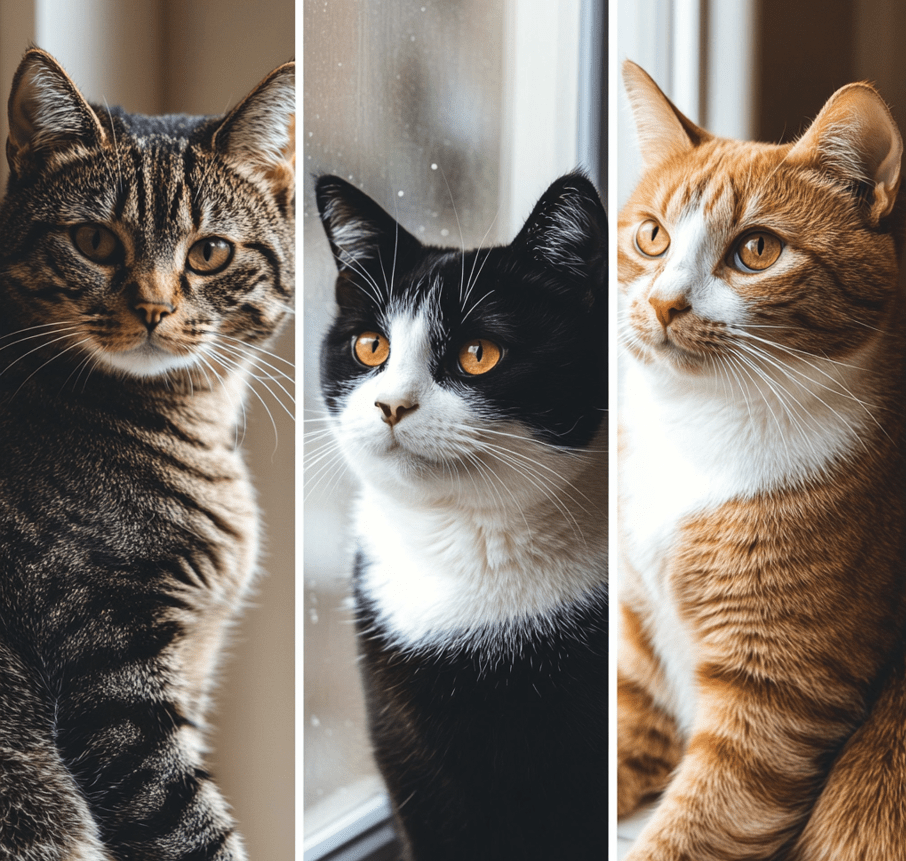
1. Create a Cat-Friendly Environment
A well-designed environment can minimize territorial disputes and stress. Consider the following:
Provide Ample Resources: Ensure there are enough litter boxes (one per cat plus one extra), food and water stations, and resting spots. Place them in separate areas to prevent competition.
Offer Vertical Space: Install cat trees, shelves, or perches to give cats their own territories. Domestic Shorthairs love high vantage points, which can reduce ground-level conflicts.
Design Safe Zones: Create quiet areas where cats can retreat if they feel overwhelmed. Use cozy beds, igloos, or covered spaces for added security.
2. Gradual Introductions for New Cats
Introducing a new cat improperly can trigger aggression in Domestic Shorthairs. Follow these steps for a smooth introduction:
Scent Swapping: Rub a cloth on each cat and place it in the other’s area to familiarize them with each other’s scent.
Separate Spaces: Keep the new cat in a separate room with their own resources for a few days.
Controlled Meetings: Use a baby gate or cracked door to allow visual contact without physical interaction. Reward calm behavior with treats.
Supervised Interactions: Gradually allow short, supervised meetings, increasing duration as the cats become more comfortable.
3. Enrichment and Play
Engaging Domestic Shorthairs in regular play can reduce aggression by channeling their energy positively. Try these enrichment ideas:
Interactive Toys: Use feather wands, laser pointers, or puzzle feeders to stimulate their hunting instincts.
Solo Play Opportunities: Provide toys like balls or stuffed mice for independent play, reducing competition during group playtime.
Rotate Toys: Introduce new toys regularly to keep their environment engaging and prevent boredom.
4. Positive Reinforcement
Reward desirable behaviors to encourage peaceful interactions. For example:
1.Offer treats or praise when your Domestic Shorthair remains calm around other cats.
2.Use clicker training to reinforce positive behaviors, such as sitting calmly during introductions.
3.Avoid punishment, as it can increase stress and worsen aggression.
5. Address Stress and Anxiety
Reducing stress is key to curbing aggression. Consider these calming techniques:
Pheromone Diffusers: Products like Feliway mimic calming feline pheromones, creating a soothing environment.
Consistent Routines: Maintain regular feeding, play, and sleep schedules to provide stability.
Quiet Spaces: Minimize loud noises or sudden changes that could startle your cats.
6. Spay or Neuter Your Cats
Unspayed or unneutered Domestic Shorthairs are more likely to display territorial or dominance-related aggression. Spaying or neutering can reduce hormone-driven behaviors, making them more amicable with other cats.
7. Consult a Veterinarian
If aggression persists or appears suddenly, consult a veterinarian to rule out medical issues. Blood tests, physical exams, or imaging may reveal conditions contributing to irritability. Pain management or medication for anxiety may be recommended in some cases.
8. Work with a Feline Behaviorist
For complex cases, a certified feline behaviorist can provide tailored strategies. They can assess your cats’ interactions, identify triggers, and create a behavior modification plan to address aggression effectively.
Preventing Aggression in Multi-Cat Households
Prevention is often easier than resolving established aggression. Implement these proactive measures to maintain harmony:
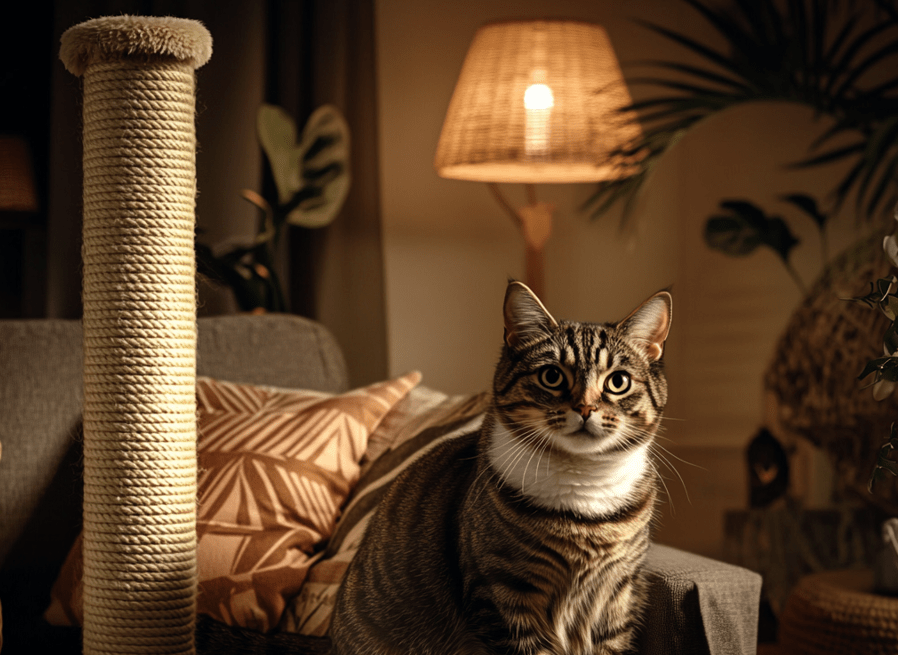
Choose Compatible Cats: When adopting, consider personality and energy levels. A high-energy Domestic Shorthair may clash with a laid-back cat.
Monitor Body Language: Watch for early signs of tension, like staring or tail flicking, and intervene before conflicts escalate.
Regular Health Checkups: Annual vet visits can catch medical issues early, preventing pain-related aggression.
Balanced Attention: Spend quality time with each cat to prevent jealousy or competition for affection.
Common Mistakes to Avoid
When addressing aggression in Domestic Shorthairs, avoid these pitfalls:
Forcing Interactions: Pushing cats to share space before they’re ready can worsen hostility.
Ignoring Early Signs: Dismissing minor hissing or swatting can allow aggression to escalate.
Unequal Resources: Providing only one litter box or feeding station can spark competition.
Using Physical Punishment: Yelling or physical discipline can increase fear and aggression.
When to Seek Professional Help
If aggression persists despite your efforts, it may be time to seek professional assistance. Contact a veterinarian or feline behaviorist if:
1.Aggression leads to injuries or extreme stress for any cat.
2.The behavior worsens or becomes unpredictable.
3.You suspect medical issues or need guidance on medication or behavior modification.
Professionals can offer insights and solutions tailored to your cats’ specific needs, ensuring a safer, happier household.
Building a Harmonious Multi-Cat Home
Creating a peaceful multi-cat home takes time, but the rewards are worth it. Domestic Shorthairs can coexist happily with other cats when their physical, emotional, and social needs are met. By understanding the causes of aggression, implementing effective strategies, and fostering a supportive environment, you can help your cats build positive relationships and enjoy a stress-free life together.
Conclusion

Aggression in Domestic Shorthairs toward other cats is a challenge, but it’s not insurmountable. By identifying the causes, creating a supportive environment, and using positive reinforcement, you can help your cats coexist peacefully. Patience and consistency are key, and with the right approach, your Domestic Shorthairs can thrive in a harmonious multi-cat household. For persistent issues, don’t hesitate to seek professional help to ensure the well-being of all your feline companions.

